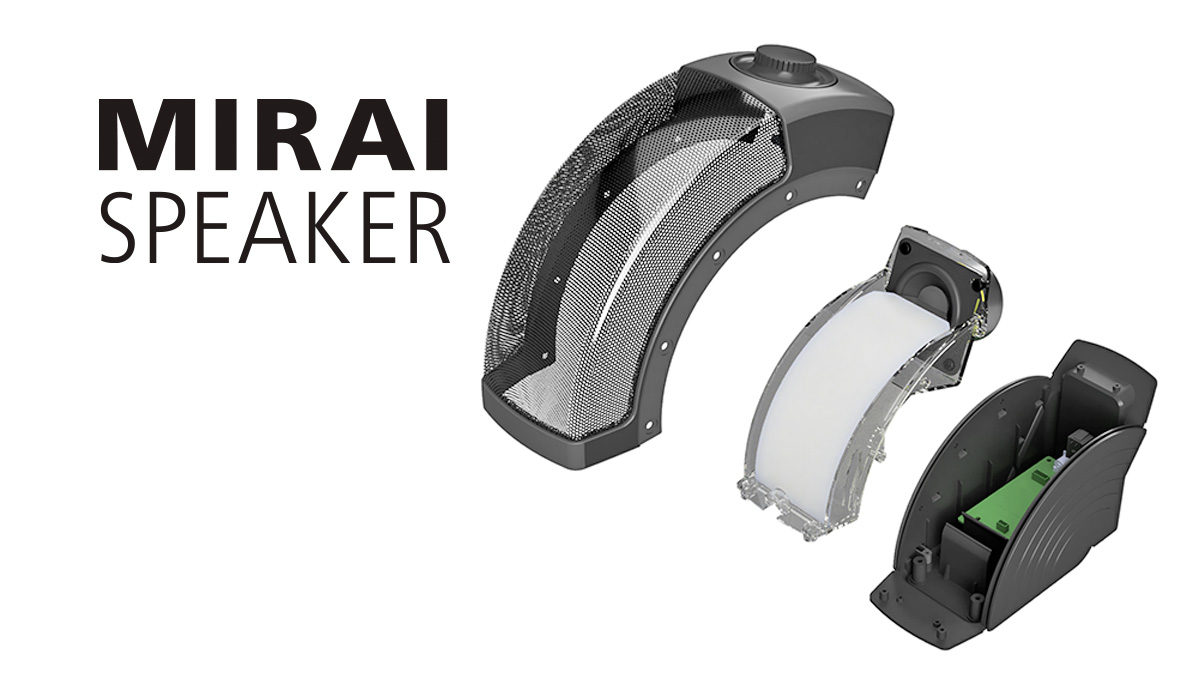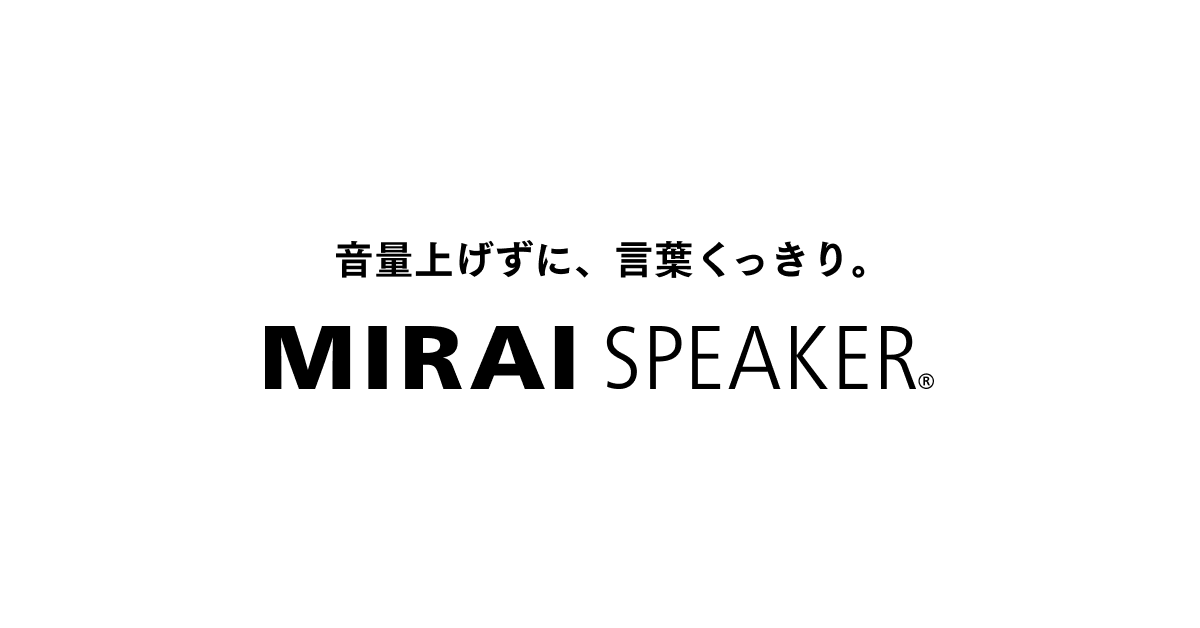Yes and no. What is "the original"?No matter how good Amir's objective rating, no matter the room treatment etc., we can never match the original.
A hypothetical unamplified live concert? For most genres other than classical, such a thing never exists in the first place. Even Jazz uses guitar amps and vocal mics, even synthesizers sometimes.
If "the original" is what was heard in the studio, then you can get pretty close to the original and probably not spend more than $10K in most rooms.
There is a further question of whether you even really want to hear the original, which in most cases would be a fairly dry, uncolored, near-field studio monitoring experience.



